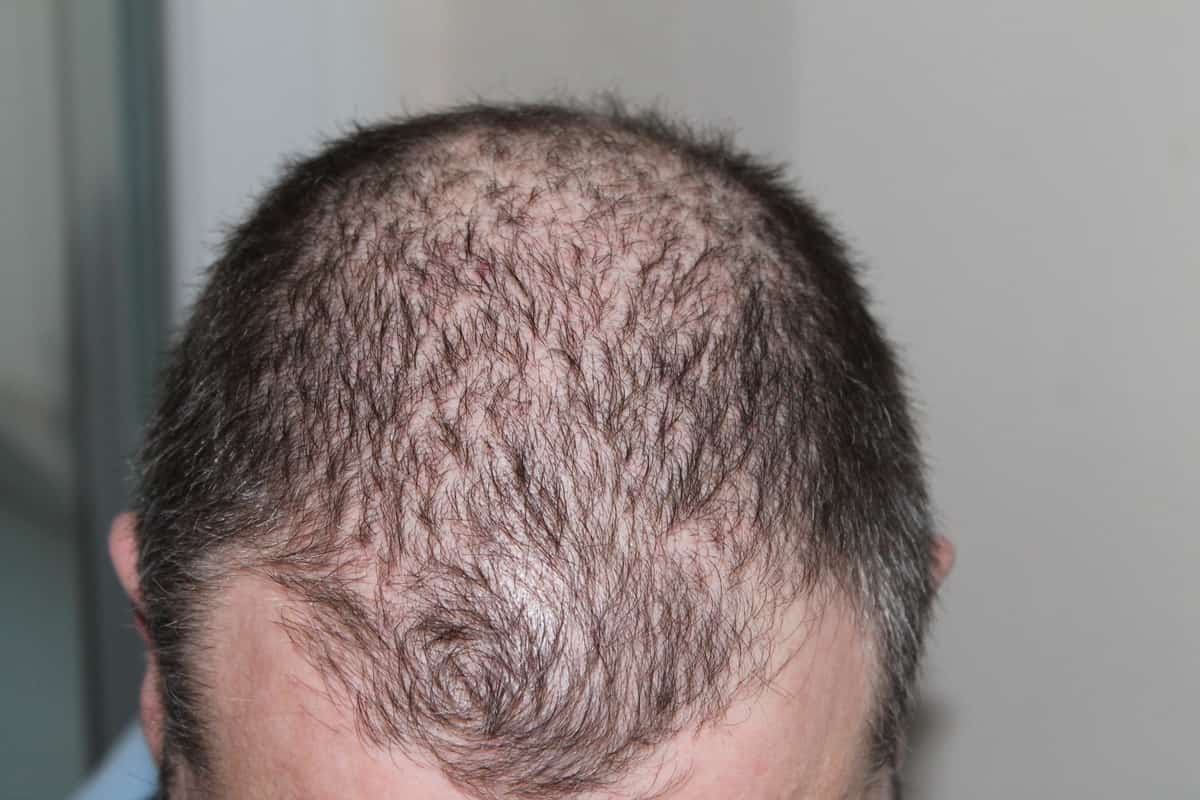Researchers at the University of California, Irvine (UCI), have identified a signaling molecule called SCUBE3 that may have the potential to cure a prevalent type of hair loss in both men and women.
The chemical compound instructs hair stem cells to start dividing, triggering new hair growth, researchers found after they injected the molecule into human hair follicles grafted onto the skin of mice.

A signal for hair growth
SCUBE3 acts upon a population of cells in the skin known as dermal papilla (DP) cells. Researchers have known for decades that these cells play a critical role in regulating hair follicle development and growth. Their significance is compounded by the fact that they are also a reservoir of multi-potent stem cells, which can self-renew by dividing and developing into multiple specialized cell types present in various tissues and organs.
However, in people with androgenetic alopecia, also known as male-pattern baldness in men, DP cells can malfunction due to genetic factors. This condition affects up to 50% of males and is characterized by progressive loss of terminal hair of the scalp at any time after puberty.
It follows a characteristic distribution in both males and females. In males, hair loss is most prominent in the front of the scalp while women generally experience diffuse hair loss at the crown and top of the head.
Researchers at UCI suspected that activating chemicals must be involved in the proliferation of DP cells, so they bred very hairy mice with hyperactivated dermal papilla cells so any mechanisms involved in hair growth regulation would be more obvious. When looking closer, the previously unknown SCUBE3 signaling molecule popped up.
“At different times during the hair follicle life cycle, the very same dermal papilla cells can send signals that either keep follicles dormant or trigger new hair growth,” said Maksim Plikus, UCI professor of developmental & cell biology and the study’s corresponding author.
“We revealed that the SCUBE3 signaling molecule, which dermal papilla cells produce naturally, is the messenger used to ‘tell’ the neighboring hair stem cells to start dividing, which heralds the onset of new hair growth.”
To see how exactly how SCUBE3 promotes hair growth, the researchers injected SCUBE3 into mouse skin in which human scalp follicles had been previously transplanted. New hair shafts started growing from the bald patches made of dormant human follicles. The surrounding mouse follicles were also activated and started growing more hair than usual.
This suggests that SCUBE3 could be a fantastic therapeutic target for hair loss. At the moment, there are only two medications on the U.S. market approved by the FDA for androgenetic alopecia: finasteride and minoxidil. However, both drugs don’t work for all patients and have to be taken daily indefinitely for them to promote some hair growth.
“There is a strong need for new, effective hair loss medicines, and naturally occurring compounds that are normally used by the dermal papilla cells present ideal next-generation candidates for treatment,” Plikus said.
“Our test in the human hair transplant model validates the preclinical potential of SCUBE3.”
Researchers have filed for a patent on the use of SCUBE3 as a therapeutic agent for androgenetic alopecia and hope to start clinical trials on human subjects soon.
The findings appeared in the journal Developmental Cell.


